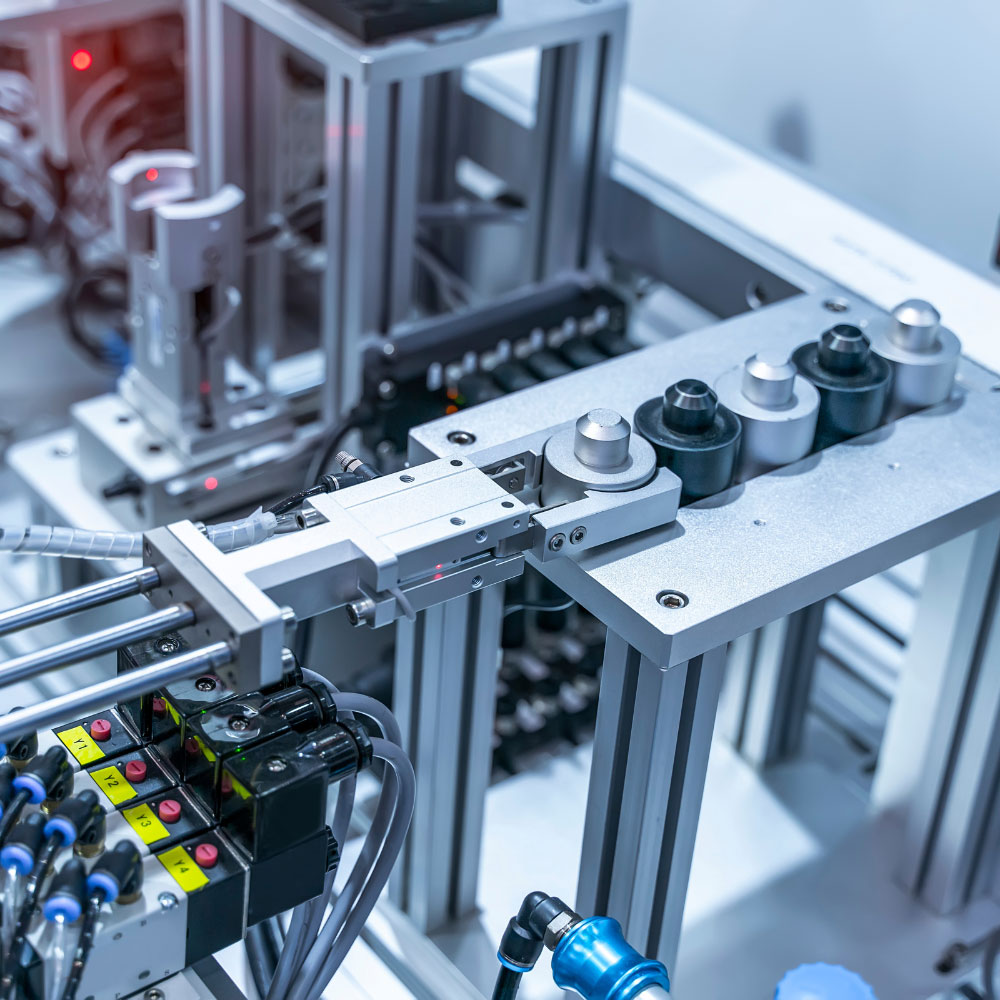Pneumatic Counters: Converting On Delay to Off Delay Timers
How Can I Modify an On Delay Timer for Off Delay Functionality?
 If you're facing the challenge of converting an On Delay timer to an Off Delay timer in your pneumatic counter systems, you're not alone. Many engineers encounter situations where system requirements evolve, but the flexibility to acquire new components is limited. Here's a practical method to repurpose existing On Delay timers to perform Off Delay functions, enhancing adaptability and efficiency in your system operations with minimal adjustments. This solution helps you meet new operational demands quickly and effectively, maintaining timelines and reducing costs.
If you're facing the challenge of converting an On Delay timer to an Off Delay timer in your pneumatic counter systems, you're not alone. Many engineers encounter situations where system requirements evolve, but the flexibility to acquire new components is limited. Here's a practical method to repurpose existing On Delay timers to perform Off Delay functions, enhancing adaptability and efficiency in your system operations with minimal adjustments. This solution helps you meet new operational demands quickly and effectively, maintaining timelines and reducing costs.
Can On Delay Timers Be Efficiently Converted to Off Delay?
Converting an On Delay timer output to an Off Delay output involves modifying the timing mechanism so that the control signal causes a delay in turning off rather than turning on. Here's a detailed explanation based on the pneumatic timers.
What It Is
- On Delay Timer: Initially, this type of timer does not activate immediately when the signal is applied. Instead, it starts its timing cycle upon receiving the signal but delays its output activation until after the set delay time has passed.
- Off Delay Timer: Contrary to the On Delay, the Off Delay timer immediately activates its output when the signal is applied, but when the signal is removed, it continues to keep the output active for the set delay time before deactivating.
How it Works
Specific arrangements and components are used to modify the timing function of the system to convert an On Delay timer output to an Off Delay output in pneumatic counter systems. Here's how it is typically done:
- Configuration Setup: An On Delay timer, which usually signals after a preset period once air pressure is applied, is adjusted to perform an Off Delay function. This change involves using an interposing normally open (NO) 3/2 air piloted valve.
- Operation Mechanism:
- Air pressure is applied simultaneously to the timer and the operational device via the NO 3/2 air piloted valve.
- When the On Delay timer reaches its set time, it actuates the NO valve, which then ceases the air supply to the operational device, effectively converting the output from an On Delay to an Off Delay.
- Removing the air signal from the timer resets the valve, allowing air to flow again to the device.
This method effectively leverages existing components to achieve the desired timing function, optimizing both cost and equipment use in industrial settings.
Common Reasons for Conversion
Converting an On Delay timer to an Off Delay timer is typically done for practical and economic reasons in various industrial and manufacturing contexts. Here are some reasons and examples illustrating why such a conversion might be beneficial.
- Resource Optimization: In a manufacturing plant, if a company already possesses a stock of On Delay timers but suddenly finds a need for Off Delay functionalities in a new assembly line, converting existing timers instead of purchasing new ones can save on costs and reduce inventory complexity.
- System Simplification: In a conveyor system requiring both On Delay and Off Delay timers for different segments, using a unified type of timer that can be converted as needed simplifies the necessary maintenance and training for personnel, as they only need to understand and manage one type of timer.
- Adaptability in Process Control: In automated painting systems, where objects need to be sprayed for a specific period after a sensor is triggered, converting an On Delay to an Off Delay timer can ensure that the paint spray finishes its operation smoothly after the object passes, regardless of any variations in conveyor speed.
Getting the Most from Pneumatic Counters and Pneumatic Control Systems
Converting an On Delay timer to an Off Delay timer within pneumatic systems enhances the functionality of your existing equipment and optimizes the efficiency and cost-effectiveness of your operations. By understanding and implementing this conversion, engineers can ensure that pneumatic counters and other related components operate more effectively, aligning with the dynamic needs of modern industrial environments. This adaptability is crucial for maintaining reliability and performance in pneumatic applications.
Related Reading


- Ellis/Kuhnke Controls
132 Lewis Street Unit A-2, Eatontown, N.J. 07724
Phone: 1-800-221-0714
Fax: 732-291-8154
Email: Info@ekci.com
- Home Pneumatic Controls Technical Info CAD Drawings Contact Us Pneumatic Timers Blog Site Map
